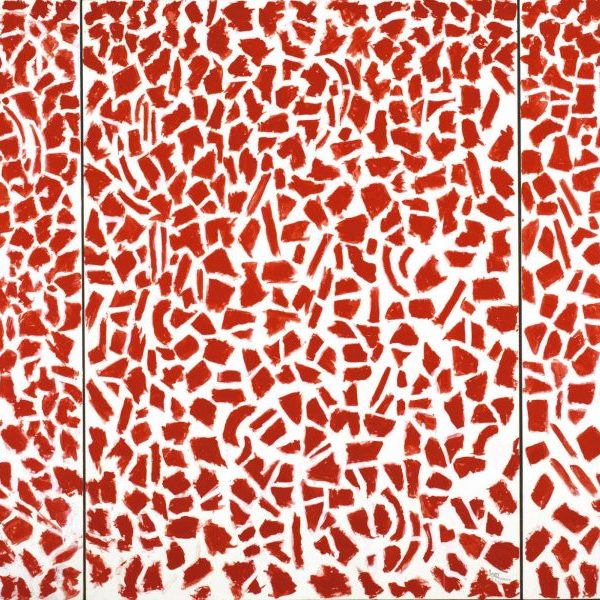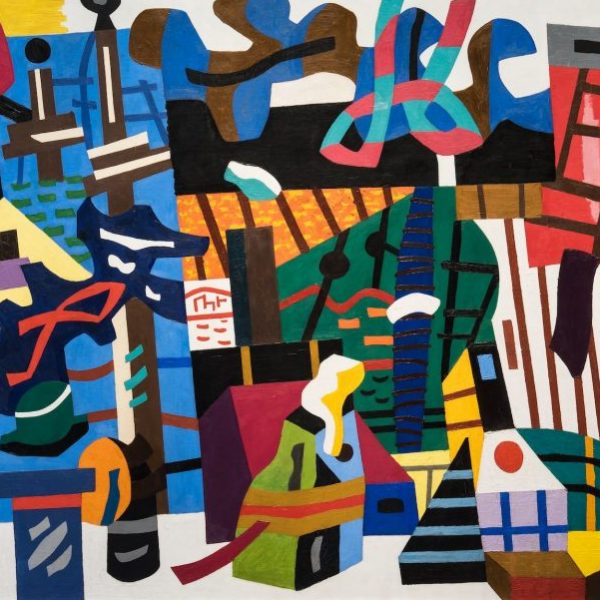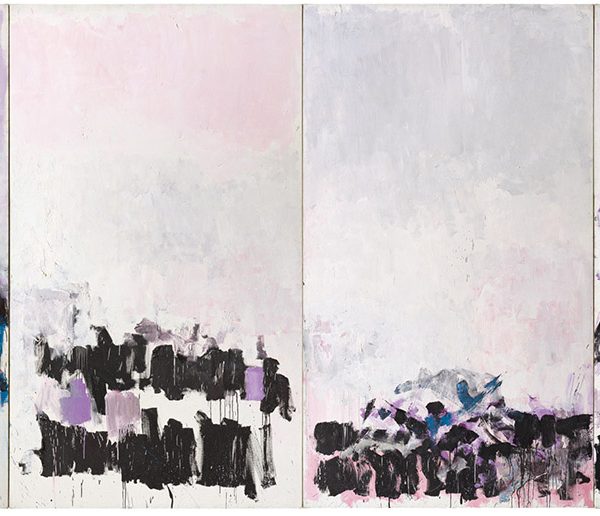Notes from a Native New Yorker: Jackson Pollock, Naturally
Michelle Stein—
As a New Yorker considering nature and the environment this month, I wanted to look beyond the enclaves of nature in New York City parks to the representations of nature—both realistic and abstract—found in the museums and galleries of New York. For one perspective I turn to Evelyn Toynton’s Jackson Pollock, the newest entry in the Icons of America series.
One might wonder what part of Pollock’s famous, so-called splatter paintings (this term is reconsidered in the book) relate to this month’s theme. But reading Jackson Pollock it becomes clear that both Pollock’s personality and his art work are often considered in conjunction with the natural world. Even fractals—found throughout nature—are used to try to understand the patterns behind his paintings. As I read, I saw two main themes that emerge in the book which pair nature and Pollock.
 The first is the identification of Pollock with the American West. His taciturn nature combined with his birthplace of Cody, Wyoming led many to label Pollock as a Cowboy artist. Although Pollock only lived in Cody for ten months of his life, much of his later childhood was spend in California and Arizona, so that the West remained influential for Pollock, including in a mural he created for Peggy Guggenheim’s apartment which was inspired by his time on a Grand Canyonsurveying crew. Toynton also that later in life, Pollock retained a preference for rural life, moving away fromNew York City in 1945 to the area Springs, on Long Island.
The first is the identification of Pollock with the American West. His taciturn nature combined with his birthplace of Cody, Wyoming led many to label Pollock as a Cowboy artist. Although Pollock only lived in Cody for ten months of his life, much of his later childhood was spend in California and Arizona, so that the West remained influential for Pollock, including in a mural he created for Peggy Guggenheim’s apartment which was inspired by his time on a Grand Canyonsurveying crew. Toynton also that later in life, Pollock retained a preference for rural life, moving away fromNew York City in 1945 to the area Springs, on Long Island.
Pollock’s personal preferences and public persona were those of an artist who is more at home outside a rural gas station than within the civilized confines of an art gallery, a fact that is borne out in the physical reality of his art work. Toynton reminds us of the way that Pollock’s work was revolutionary in its sheer size, reminiscent of the vast spaces of the American West and their seemingly endless possibilities. During the artist’s early days in New York, abstractionist Hans Hoffman expressed concern that Pollock would someday run out of material for his highly conceptual paintings, which seemed to spring only from within his head. Yet the older artist underestimated the extent to which Pollock’s inner landscape had all the scope of the purple mountains majesty that inspired other artists. “Look at nature,” Hoffman famously said to the young man. “I am nature,” Pollock told him.
In this vein, Toynton also discusses the similarities of Pollock´s work to the vision of the American transcendentalists and British Romantics of the 19th century. She sees both transcendentalism and Pollock’s art as using spirituality, but imbued with the American spirit of individuality and initiative. Though there was a focus on spiritual issues, both transcendentalists and romantics looked toward nature in their ideas and philosophies.
There are a number of spots in New York City to see Pollock’s art, but my personal favorite is “Autumn Rhythm” (Number 30) at The Metropolitan Museum of Art. The work covers a whole wall, and is a clear example of the energy and vitality of Pollock’s work. I have always agreed with the Autumn label, and next time I go to the Met, I hope to examine it further for more signs of nature.
Michelle Stein is a former Yale Press intern and a forever book-lover.

























